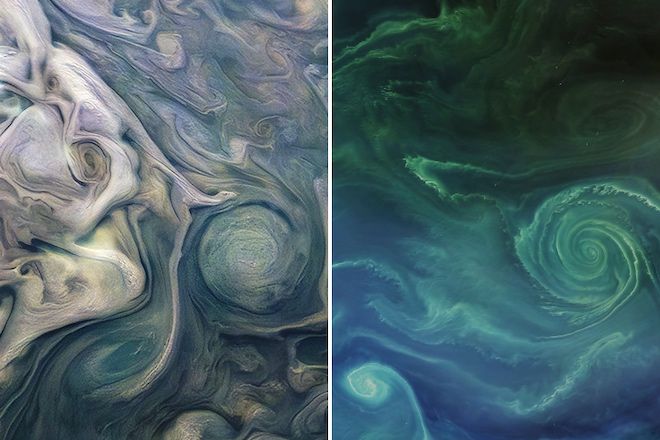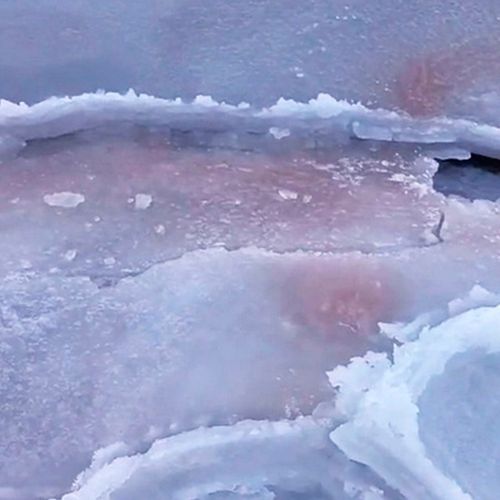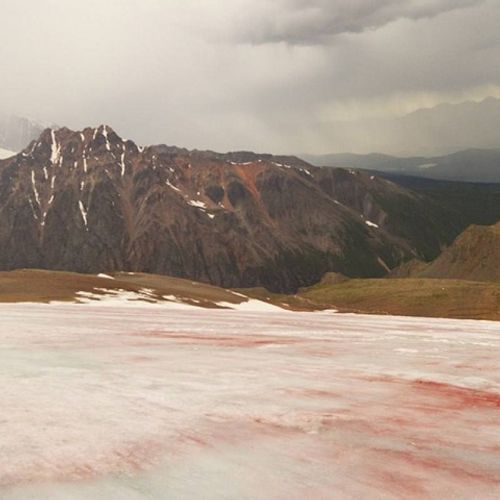
| Added | Tue, 12/03/2019 |
| Источники | |
| Дата публикации | Mon, 11/03/2019
|
| Версии |
It would seem that may be common between Earth and gaseous Jupiter, whose diameter is 11 times? The movement of fluids. On both planets, it obeys the same laws of physics. The vortex in the Baltic sea the Land is very similar to the vortex in Jupiter's atmosphere.
"It's all fluid moving around a rotating body," said Norman Kuring from space flight Center name Goddard NASA. Scientist described the patterns flow as the combination of laminar (homogeneous layers, without mixing) and turbulent (uneven and chaotic). Flows can be described using numbers, named after famous physicists, such as the Reynolds, Rayleigh and Rossby. But to understand, not necessarily to study a textbook on fluid dynamics.
"Whether currents of the Earth, Jupiter or coffee in the Cup, when you pour the cream — all of these complex environments create the same beauty," explained Curing.
Scientists believe that Jupiter has three distinct cloud layer. The image on the left was taken with the camera, JunoCam on the spacecraft NASA's "Juno" in December 2018. It can be seen on the clouds, rich in ammonia, which circulate in the outer layer of the planet. According to Alberto Adriani from the Institute for space astrophysics and planetology, the vortices in the clouds of Jupiter reflect disturbances in the air caused by the rapid rotation of the planet and a higher temperature in the depth of the atmosphere. He compares this phenomenon with the rapid rotation of the liquid while boiling.
The second image obtained by Landsat-8 on 18 July 2018, the vortex shows a phytoplankton bloom in the Baltic sea. The oceans of the Earth, turbulent processes ensure the movement of heat, carbon and nutrients across the planet. Models that accurately reproduce these processes are crucial to understanding the weather.
When interpreting phenomena elsewhere in the Solar system and the Universe, scientists always compare them with the known analogues on Land, going from the familiar to the unknown.
Translated by «Yandex.Translator»
© NASA
Translated by «Yandex.Translator»
Новости со схожими версиями
Log in or register to post comments









